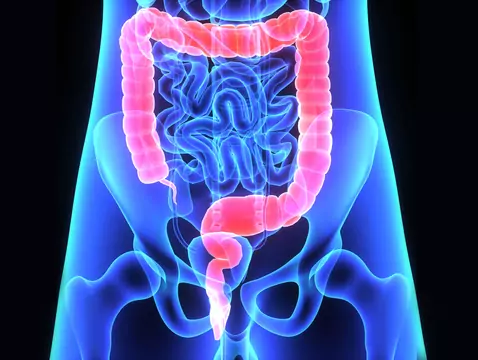Metabolic disorders occurring together with cancer can interfere with the diagnosis of the disease and can be a direct cause of a life-threatening and health-threatening condition.
Hyperuricaemia is a disorder involving persistently elevated serum uric acid levels. It most commonly affects people with leukaemia, lymphoma and melanoma. It is most likely to occur when the initial tumour mass is large and treatment has led to remission. High concentrations of uric acid in the blood lead to crystallisation in the renal tubules, causing renal failure. Symptoms may be non-specific, presenting as nausea, vomiting and disturbances of consciousness. Joint pains may also occur. Diagnosis is based on the results of uric acid, creatinine and blood urea tests. [4]
Lactic acidosis is a metabolic condition that often occurs in patients who are rapidly developing haematopoietic malignancies. The body experiences reduced tissue perfusion, hypoxia and, as a result, lactate formation in an anaerobic environment. Damage to the liver, or metastasis of the tumour to the liver, are conditions that favour the development of lactate acidosis. The level of lactate in the test results is important in the diagnosis. The treatment undertaken is primarily systemic and eliminating the cause. Often dialysis is the method with the desired results.[5]

photo pantherstock
Metabolic disorders in cancer are a very dangerous life-threatening factor. As they may arise both as a result of spontaneous tumour breakdown and in response to treatment, it is therefore crucial to monitor the patient's condition on an ongoing basis and to take appropriate preventive and curative action once the disorder has already occurred.









